Hanibe Gankutsuin
Any business owner having trouble attracting customers should visit Hanibe Gankutsuin! The business sense of the second-generation abbot who transformed it from an earnest temple praying for world peace into an odd tourist attraction!
Hanibe Gankutsuin, located in Komatsu City, Ishikawa Prefecture, is a cave temple famous for its giant Buddha head and the hell tour in the cave. This unique cave is built from 1951 by two generations of sculptors (father and son). The cave itself has been recognized as a “Japanese Heritage” by the Agency for Cultural Affairs, partly because it was a valuable stone quarry during the Edo period. The cave is approximately 150 meters long. Inside the cave, many sculptures are displayed, ranging from authentic Buddhist statues representing the world of Buddha and various hells to surrealistic and avant-garde sculptures. Although the Hanibe Gankutsuin is a temple that offers a memorial service for aborted children, it is more like a Buddhist

“Hanibe” is an old name for a person who makes Haniwa (clay figurines), and today it refers to a sculptor who makes sculptures out of plaster, clay, or metal. Haniwa are earthenware sculptures in the shape of human, animals, or objects, and were made during the Kofun period (4th to 7th centuries). They used to be arranged around the tombs.
Hanibe Gankutsuin literally means that “the cave temple made by sculptors.”
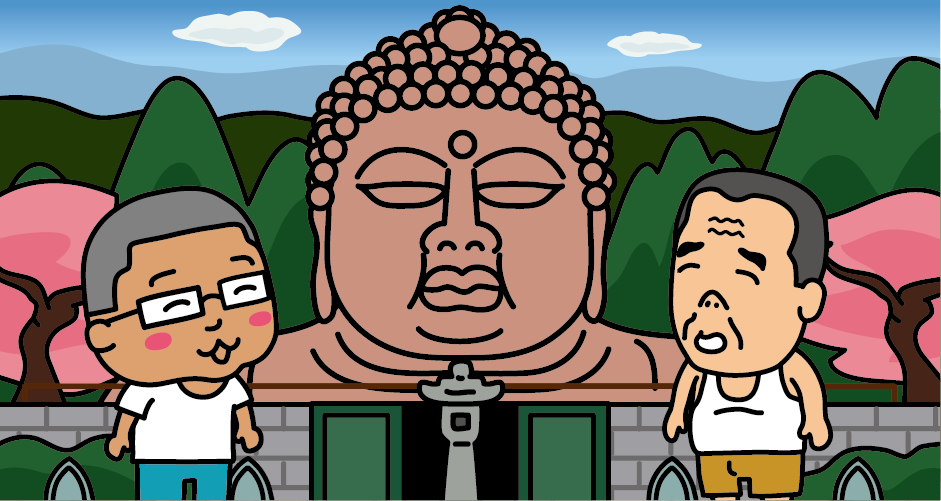
Driving through the mountains from the center of Komatsu City toward Hanibe Gankutsuin, you will find a giant Buddha head statue. This giant Buddha is called “Hanibe Daibutsu” and was built in 1983. It is 15 meters high. At this point, only the part from the shoulders up is completed, however, in the future, the body part will be added to complete the 33-meter-high Giant Buddha statue.
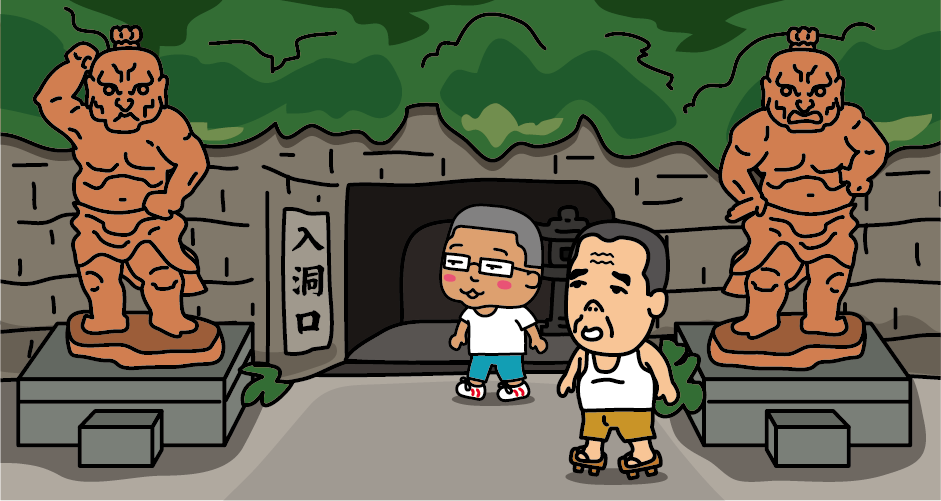
Most people visit Hanibe Gankutsuin as a funny tourist destination. The reason why Hanibe Gankutsuin has become an odd tourist attraction is because there was the difference in style and direction between the first and second abbots.
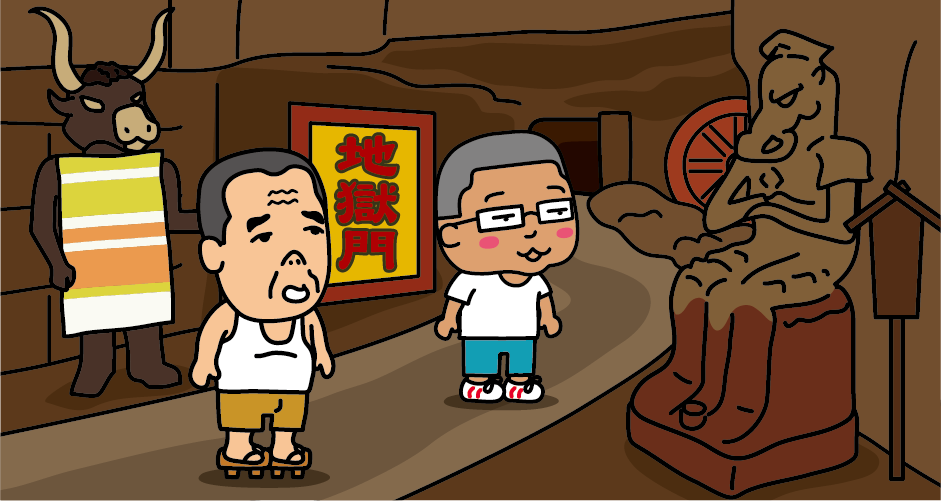
Hanibe Gankutsuin was founded in 1951 when the first abbot of the temple, Yuma Tsugata, placed a Buddha statue of his own creation in the cave to comfort the souls of the victims of World War II and to pray for world peace. The first abbot was a well-known sculptor in his hometown Ishikawa Prefecture, who created the Benkei and Togashi statues at the site of “Ataka no Seki” and served as a judge for the Nitten* exhibition.
*The Nitten (The Japan Fine Arts Exhibition) is the largest comprehensive art exhibition in Japan and has been held since the Meiji Era (1907).
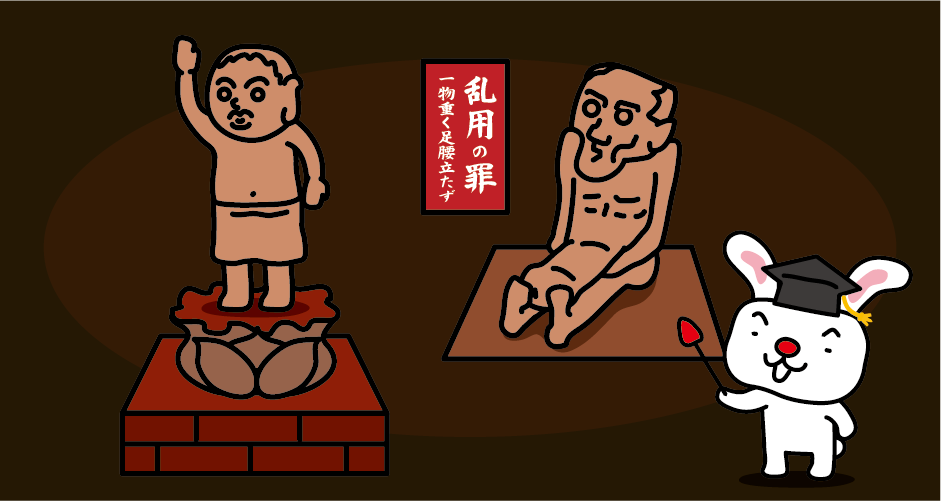
When the first abbot passed away in 1981, his son Hakuma Tsugata succeeded him as the second abbot. While the first abbot created mainly authentic Buddhist sculptures, the second abbot began a “hell tour” in the caves, using sculptures to represent various hell worlds.

From the late 1990s to the early 2000s, chaos at Hanibe Gankutsuin reached its peak when the second abbot began to exhibit “satirical hells” dealing with current topics, such as “No-pan(underwear) Shabu-Shabu* Hell,” “Academic Fraud* Hell,” and “Sexual Harassment* Hell.” Since then, Hanibe Gankutsuin has become an unusual tourist attraction where odd tourist destination enthusiasts from all over the country visit.

Although the second abbot no longer makes public appearances, many odd tourist destination enthusiasts visit every year to catch a glimpse of the unfinished Hanibe Daibutsu and the many other hell sculptures created by the second abbot. (Currently, the ultimate “satirical hell” sculpture has been removed according to the circumstances.)
*The issue that a high-level bureaucrat had been entertained at No-pan shabu-shabu restaurant. No-pan shabu-shabu refers to an entertainment shabu-shabu restaurant where female waiters in miniskirts and no underwear serve customers.
*The issue that a baseball coach’s wife was suspected to have misrepresented her educational background when she ran for election.
*The issue that a governor sexually harassing a female campaign worker in his campaign car during the election.
Access to Hanibe Gankutsuin
[Railway]
From Tokyo
It takes about 2 hours and 40 minutes from JR Tokyo Station to JR Komatsu Station by Hokuriku Shinkansen.
From Osaka
It takes about 1 hour and 20 minutes from JR Shin-Osaka Station to JR Tsuruga Station by JR Tokaido Main Line (limited express). Transfer to the Hokuriku Shinkansen at JR Tsuruga Station and it takes about 45 minutes to JR Komatsu Station.
Get off at JR Komatsu Station and it takes about 25 minutes from Komatsu Station Bus Terminal to Hanibe-mae Bus Stop by local bus (Hanibe Line). Alternatively, take a taxi from Komatsu Station to Hanibe Gankutsuin in about 15 minutes.
[Airplane]
It takes about 1 hour from Haneda Airport to Komatsu Airport. It takes about 15 minutes from Komatsu Airport to Komatsu Station by local bus (Komatsu Airport Line). It takes about 25 minutes from Komatsu Station to Hanibe-mae bus stop by local bus (Hanibe Line). Alternatively, take a taxi from Komatsu Station to Hanibe Gankutsuin in about 15 minutes. Alternatively, take taxi from Komatsu Airport to Hanibe Gankutsuin in about 25 minutes.

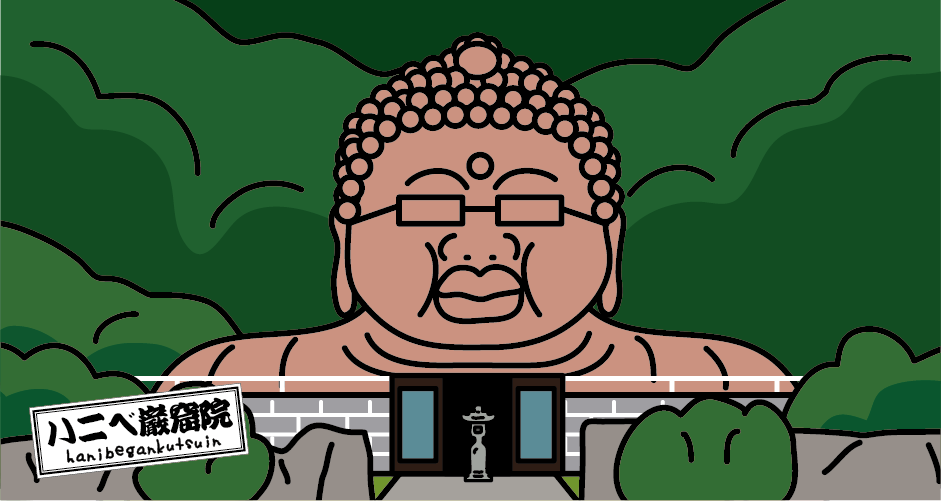



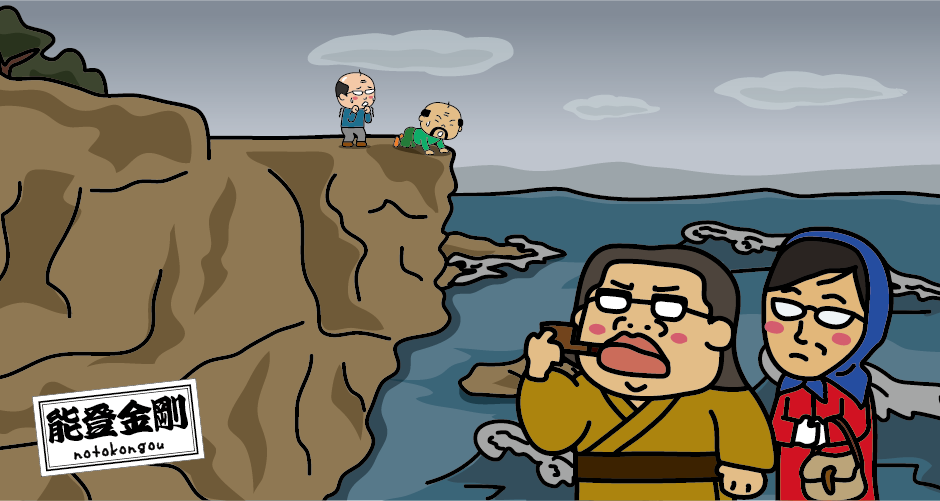
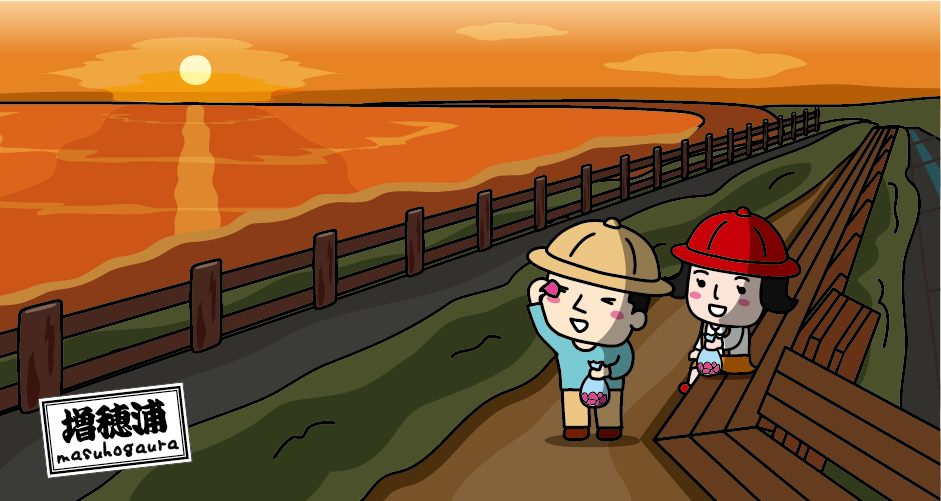

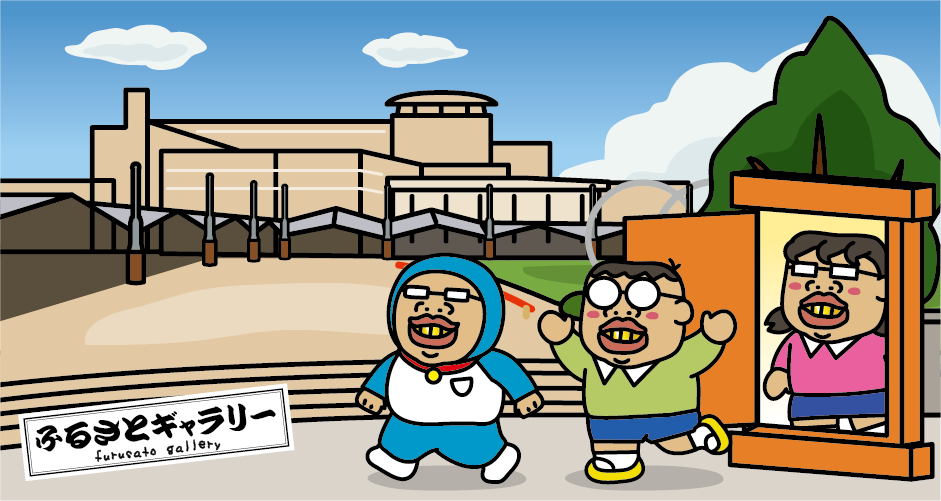


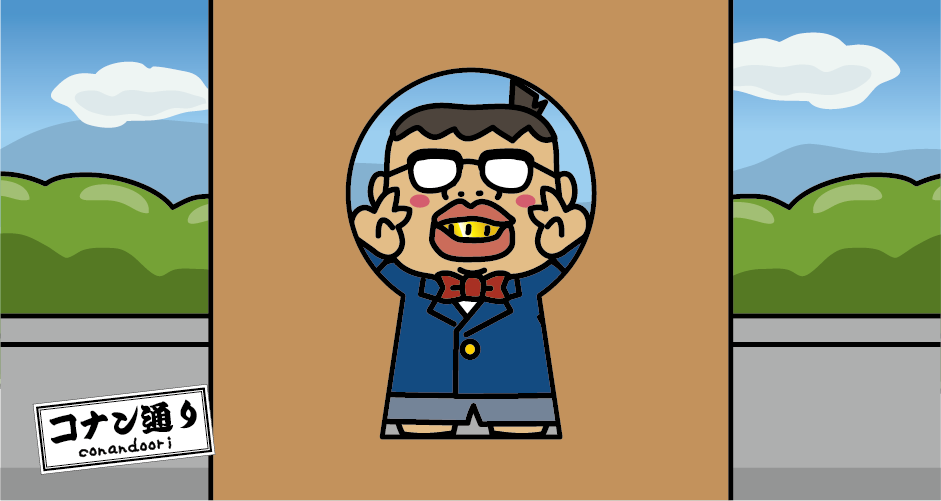


You need to login to comment on an article.